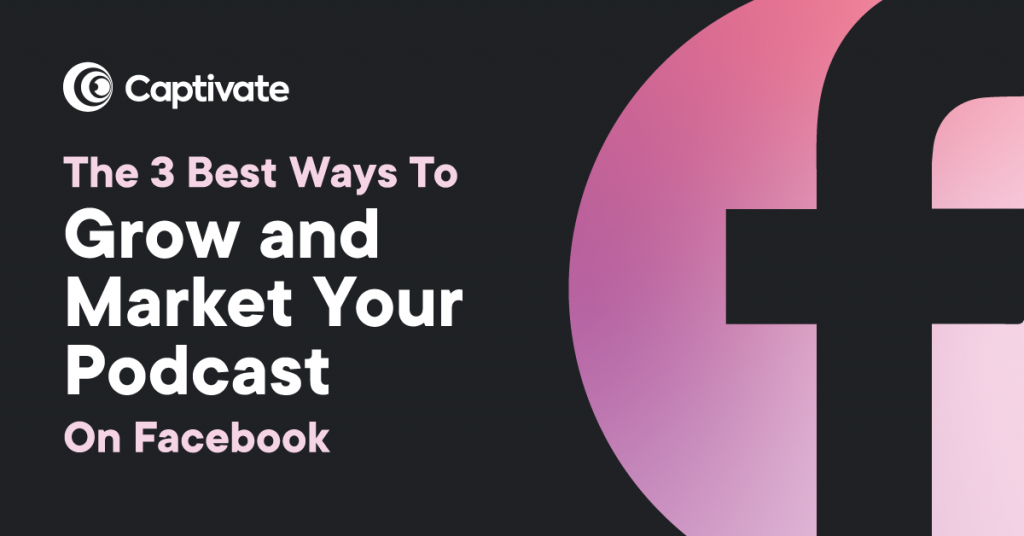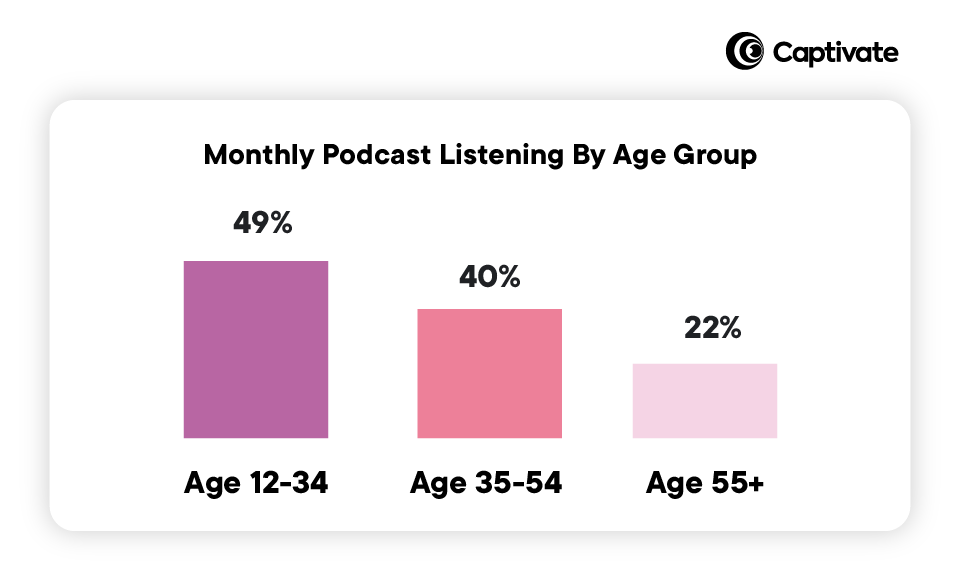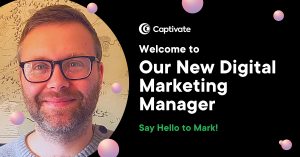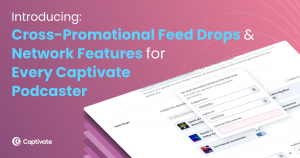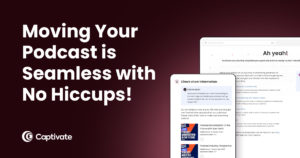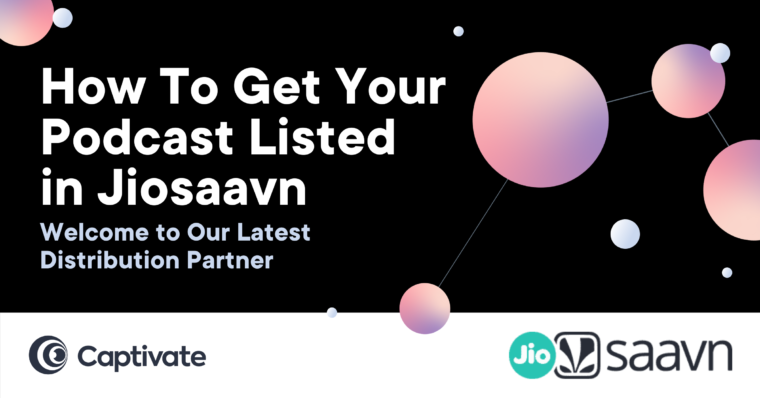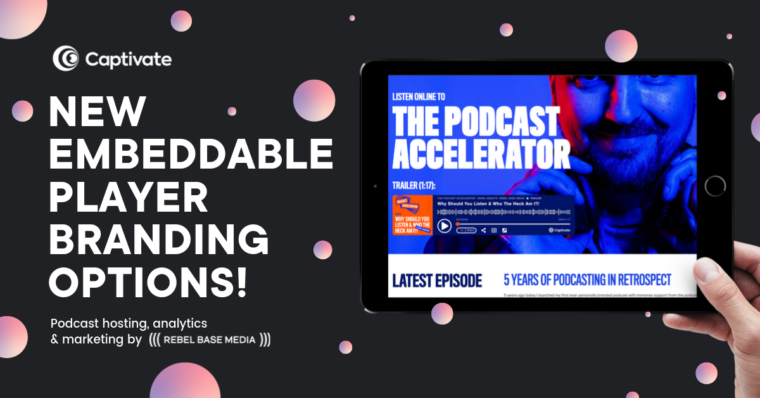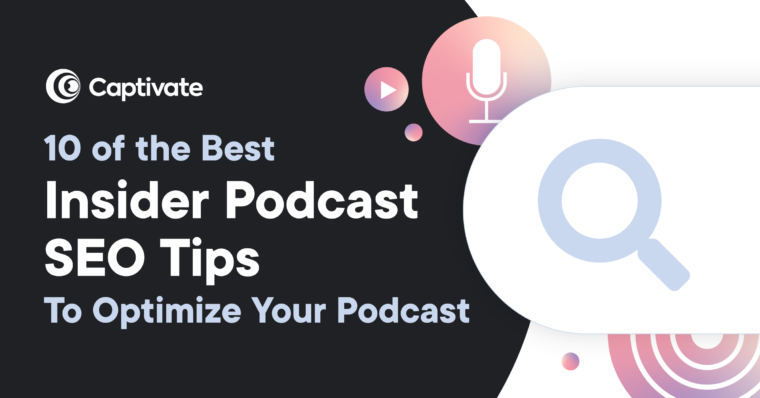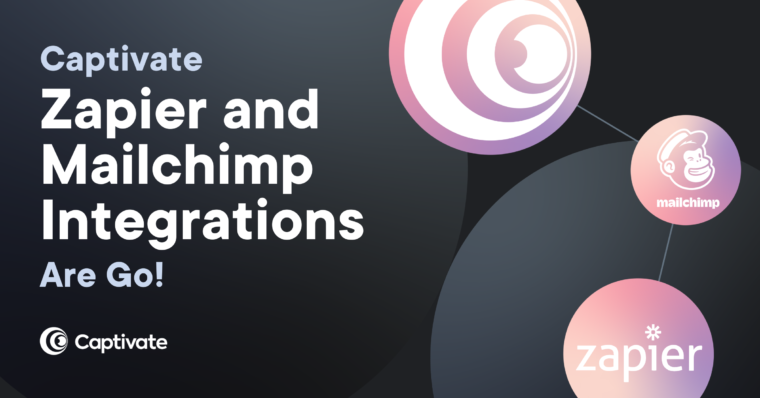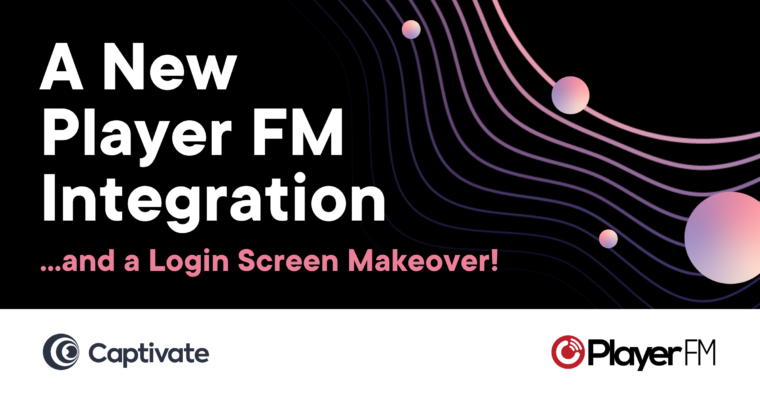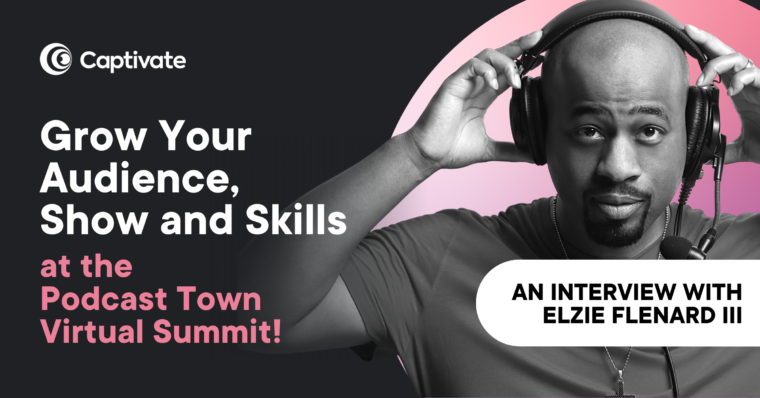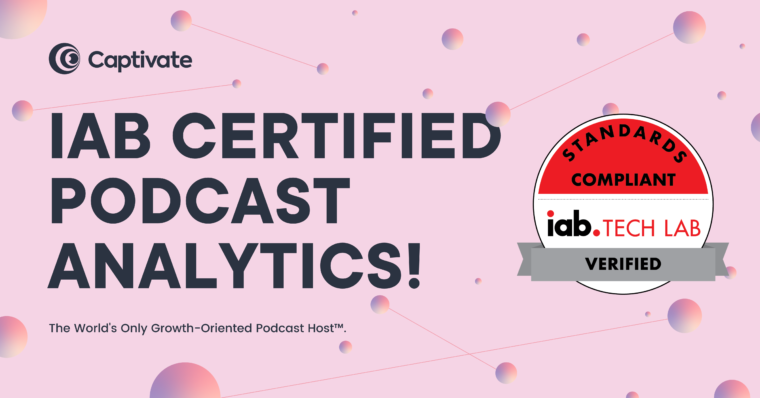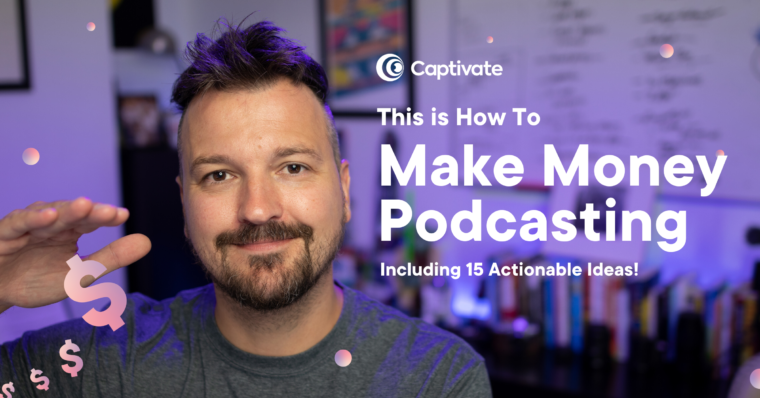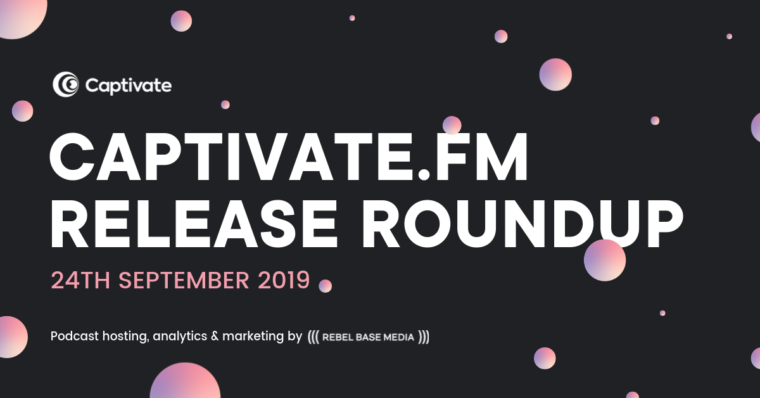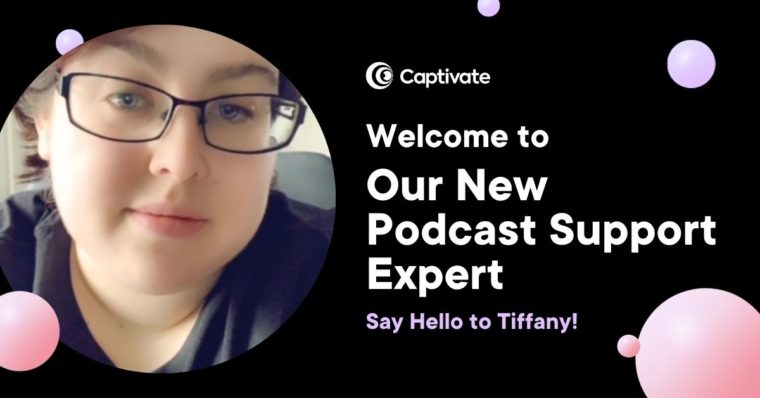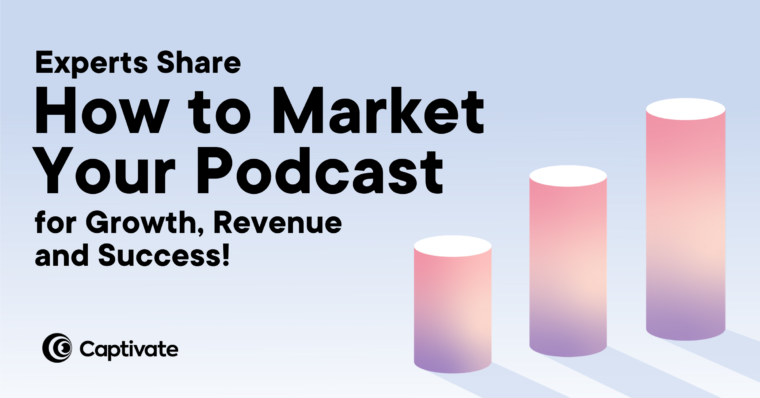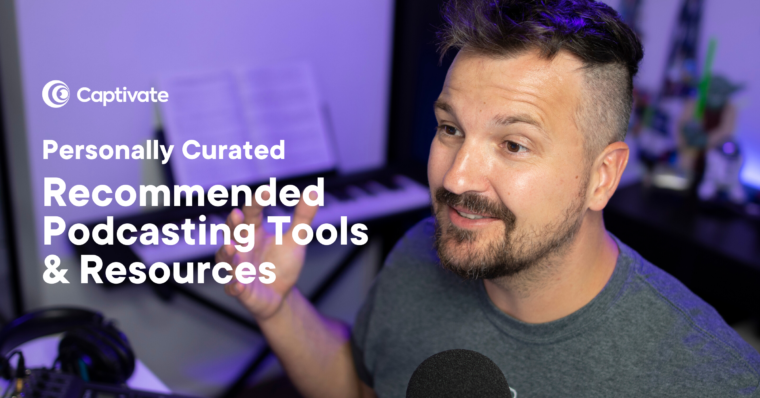Promoting your podcast on social media is one of the most accessible, affordable and (when done right) effective options for finding new listeners and promoting your content.
Facebook has 2.41 billion monthly active users across the globe. In fact, 63% of American adults use the platform, giving it the broadest reach of any social network by far, with 64% of 12-34 year olds and 74% of 35-54 year olds logging on regularly every month.
When you consider that 49% of those aged 12-34 and 40% of those aged 35-54 actively listen to podcasts, choosing to market your podcast on Facebook becomes a really effective way of reaching new audiences.
We’ve spoken before about how useful social media is as a tool to reach new listeners and grow your audio influence. What we haven’t touched on, however, is just how versatile Facebook is as a marketing and growth tool for podcasters in particular.
With Facebook’s marketing tools, you can create custom audiences and ads that target the exact people you want to listen to your podcast. You can create Pages to promote and distribute your audio content, and Groups that foster community amongst your listeners. All you need is the know-how, which is what you’re here for, right?
In this guide, you’ll learn the 3 best ways to market your podcast and convert casual scrollers into engaged podcast subscribers, all using Facebook marketing.
In this article:
Create A Facebook Marketing Strategy for Your Podcast
Before we get stuck into the 3 key tactics of Facebook marketing for podcasters, you need to understand the importance of having a strategy.
Facebook is REALLY effective for promoting your podcast for all the reasons above. But it’s also extremely competitive.
Without having a wider strategy in place and clear-cut goals in mind, Facebook marketing is a lot like standing in the middle of a packed Grand Central Station: you won’t make a dent in the noise and no one’s going to bother to stop and consider what you’ve got to say.
This is true for marketing in any industry, but as a podcaster, you’re competing for people’s time, attention as well as their ears. You’re trying to persuade them to stop what they’re doing and engage them enough so that they actually listen to your trailer, teaser or episode.
As podcast fans, we do not just go from seeing an ad on a feed to a bona fide subscriber and Patreon supporter in one click. There’s a bit more to it.
Understanding The Listener Acquisition Flow
If you’re familiar with marketing funnels, the listener acquisition flow is very similar. We’re basically breaking down the stages a potential listener will go through before they become a subscriber and fan of your podcast. In other words, the process of acquiring new listeners and growing your podcast through marketing.
There are five stages:
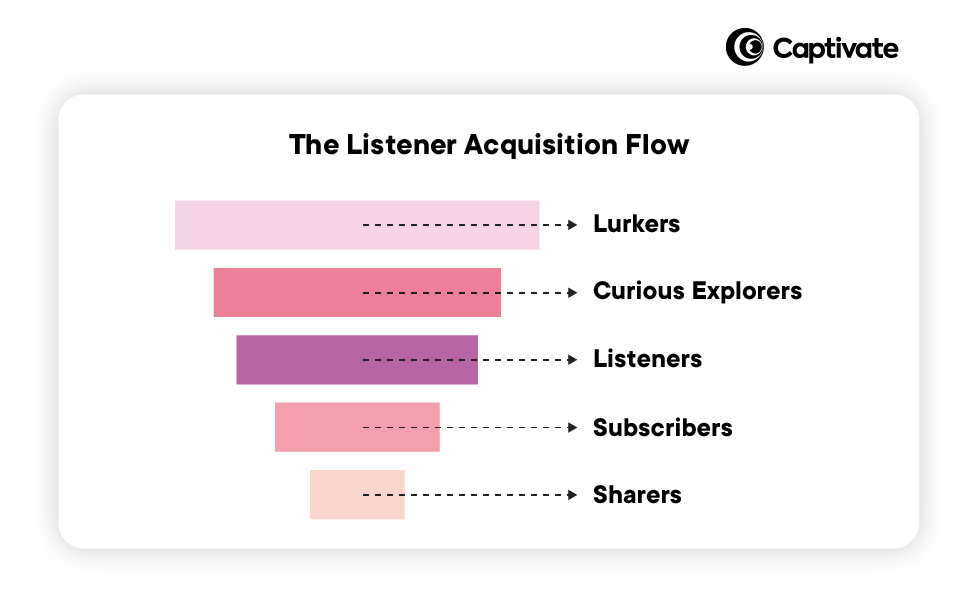
- Lurker – You’re on their radar. Maybe they’ve been recommended your show or have seen some advertising about it – whatever it is, they know you exist.
- Curious explorer – You can entice them to take action by offering a low-level investment of their time, like trying your podcast trailer, for example.
- Listener – Does what it says on the tin – they’re an occasional listener of your podcast! They might tune in from time to time.
- Subscriber – They’re a regular, reliable subscriber. They listen to almost every episode.
- Sharer – They’re a true brand advocate – you see them often in your feed, sharing, recommending and engaging with your podcast content.
Understanding the listener acquisition flow is vital to success with any form of podcast marketing, but especially so with Facebook, where there is such competition for audiences’ time and attention.
It’s not enough to simply promote your latest episode and hope those lurkers become sharers there and then – it’s too far a jump and is a waste of your precious time!
Top tip: Listen to Mark explain the Listener Acquisition Flow and how to use it in under 10 minutes!
If you want to effectively (and sustainably) grow your podcast audience, your time is better spent focusing on how you’ll encourage listeners to make small steps, not giant leaps.
So before anything else, consider:
- What’s my game plan?
- What do I want to achieve?
- Am I targeting lurkers, explorers, listeners or subscribers?
- How am I going to get my podcast in front of those people?
- How am I going to get their attention and what will I say to them once I’ve got it?
- What numbers do I want to attract? What are my “key performance indicators” (KPIs)?
Great news! All of these are strategies that can be used to market and grow your podcast using Facebook, using the tactics in this guide. Let’s get started.
How To Promote Your Podcast On Facebook
1. Set Up Your Podcast on Facebook For Better Brand Awareness
Here we’re going to talk about the things you can do to get your podcast by using ‘organic’ tactics (aka growing the amount of people your content reaches without the use of paid ads or distribution.)
Organic reach is important for brand awareness as well as catching the attention of those lurkers and curious explorers we spoke about earlier. Nurturing your organic reach is a sustainable way to usher those at the top of your listener acquisition flow down to becoming a listener, and beyond that, a subscriber.
Can you do a podcast on Facebook?
Kind of. Facebook Live is a tool that allows you to record live in both audio and video formats. Facebook recently adapted the tool to allow viewers to just listen in if they choose, essentially turning live broadcasts into a podcast of sorts.
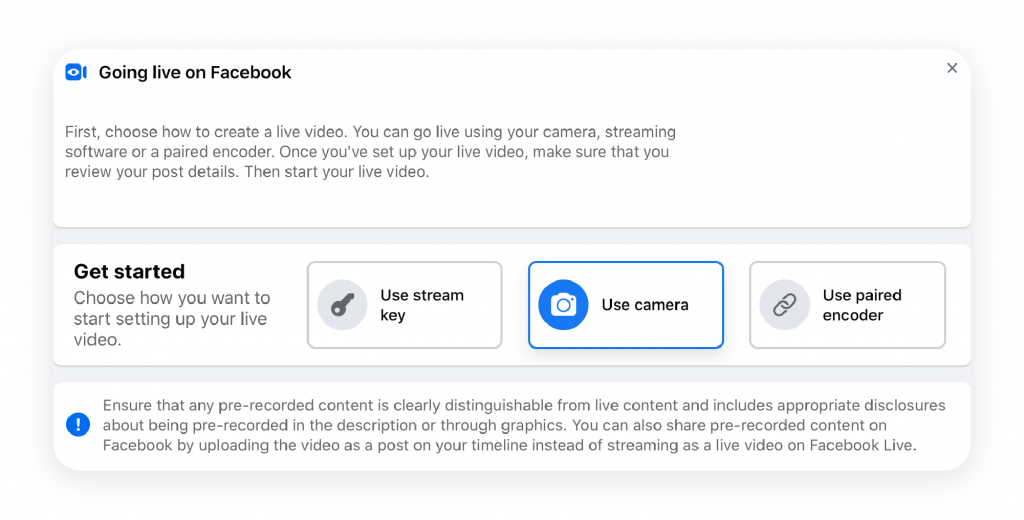
While hosting live streams is great for building community, we’d always recommend recording your podcast audio as you normally would whilst simultaneously streaming. That way, you know your files are stored safely, you can control the audio quality and distribute your episodes to all the directories as usual.
Raise brand awareness by setting up a Facebook Page for your podcast
Setting up a Facebook Page for your podcast is probably the quickest, simplest Facebook marketing tactic we’ll talk about in this guide. It can be done in seconds and is an easy way to start growing brand awareness and building authority for your podcast brand.
What type of Facebook Page category should you use for a podcast?
When you set up your Facebook Page, you have the option to set its category as ‘Podcast’.
Another article we think you’d like...
Reading Time: < 1 minute The Captivate team continues to grow with the arrival of Mark Musgrove, our Digital Marketing Manager!
Tagging your Page accurately will help Facebook recognise what tabs and features you might find useful when building your page.
Here’s ours:
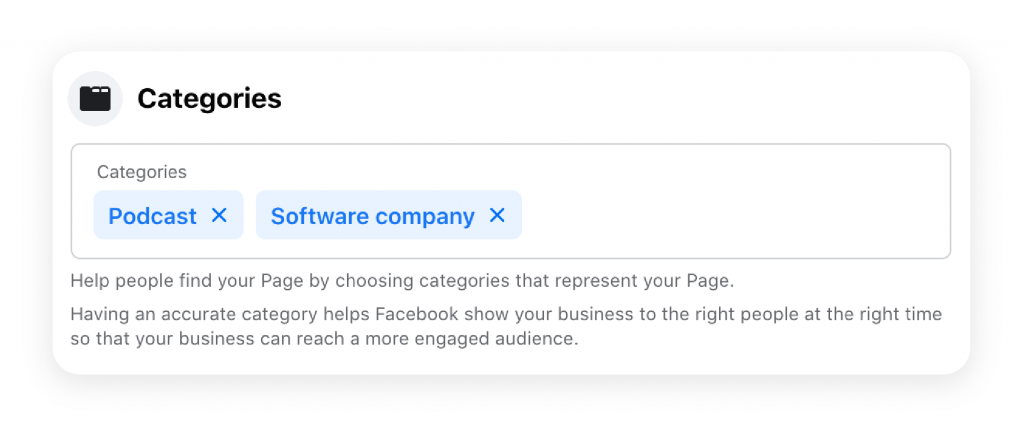
You can use more than one tag to describe your podcast, like we have above.
An important thing to remember is that the goal isn’t to increase your Page likes! Facebook isn’t a popularity contest, and the amount of likes your Page has is no indication of how successful it is.
What matters is that your Page and the content you promote on it is relevant and attracts the right people – notably those lurkers and curious explorers who are aware of your podcast but not quite committed to listening just yet. Catering to them with teasers, trailers, new episode promos and consistent brand messaging means you can keep those touchpoints open and nurture those potential listeners into taking action.
Build community by setting up a Facebook Group for your podcast
1.4 billion people use Facebook groups. Why create one for your podcast?
Starting a group will foster your listener community, giving those engaged fans and advocates a safe space to geek out, connect with peers and discuss fun topics related to your podcast.
As a creator, it’s also a great way to get to know your audience directly, gather actionable feedback on your episodes. At the same time, your subscribers and fans will do some of the work of converting newer listeners for you by engaging with your posts, sharing them and recommending your content to others.
We have two for Rebel Base Media: our public Podcast Growth and Launch group, which is open to everyone, and our private group just for Captivate, Podcast Websites and Podcast Success Academy growth-tier users. Having two groups with varying levels of exclusivity is another way for us to reward loyal customers and add value by giving them access to free podcast-centric resources, like our live Q&As hosted by our CEO, Mark.
Here are some tips for starting your own podcast Facebook group based on what’s worked for us:
- Set clear rules and make sure people agree to them! The way to do this is to set membership questions that people must answer and agree to in order to join. This is also an opportunity to segment your audience and get to know who’s joining your group so you can tailor content to them. It’s also the best way to avoid people spamming your group’s feed – nothing kills a buzz like a page full of spam.
- Create a welcome post – we do this every week on both of our groups by tagging in new members and encouraging them to introduce themselves and share their podcasts. Just head to the ‘Members’ tab of your group then click ‘Write Welcome Post’ on the right hand side of the page. Facebook will tag in new members automatically!
- Use video on the timeline – live streams, Facebook stories and video clips are all examples of highly engaging content that you can use to repurpose and promote your podcast episodes. Creating teasers, uploading exclusive behind-the-scenes content and live streaming guest interviews are easy ways to encourage those curious lurkers into action.
For example, our twice-monthly live Deep-Dive Q&As give us reliably high peaks in engagement, activity and interaction:
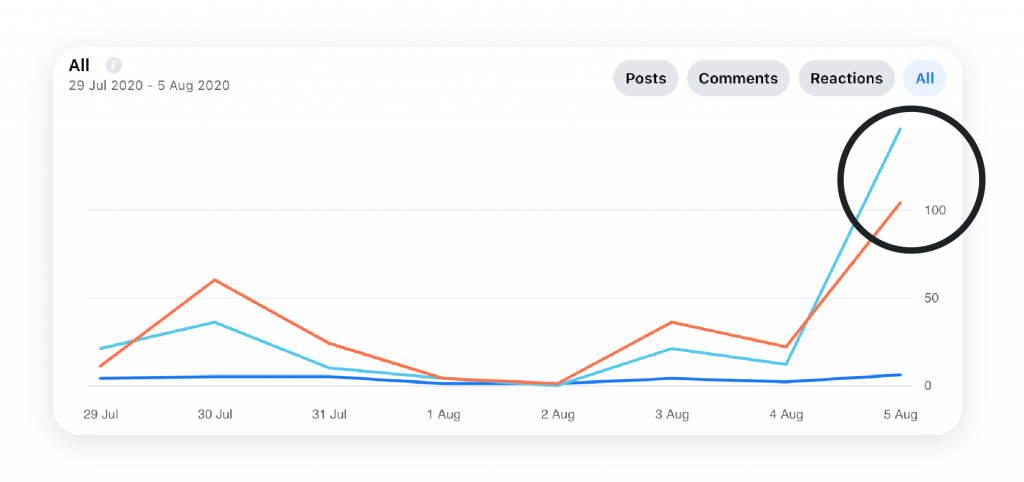
2. Target New Listeners With Paid Facebook Ads For Your Podcast
Repurpose your podcast audio into digestible clips
No one – not even the most seasoned subscriber – is going to listen to your podcast within their Facebook feed. You’re asking for too much.
It’s much better to break your audio down into captioned video clips or audiograms that people can scroll through and view casually at their own pace.
Filming your podcast is not only brilliant for YouTube repurposing but gives you extra material to work with when it comes to producing engaging clips to promote in your feed or paid ads.
For example, we create dedicated videos for each new episode of The Podcast Accelerator at the same time as recording the audio. We then burn captions into the clips, make sure they’re a nice high quality and use them to promote our comprehensive podcasting tutorials on our ad campaigns.
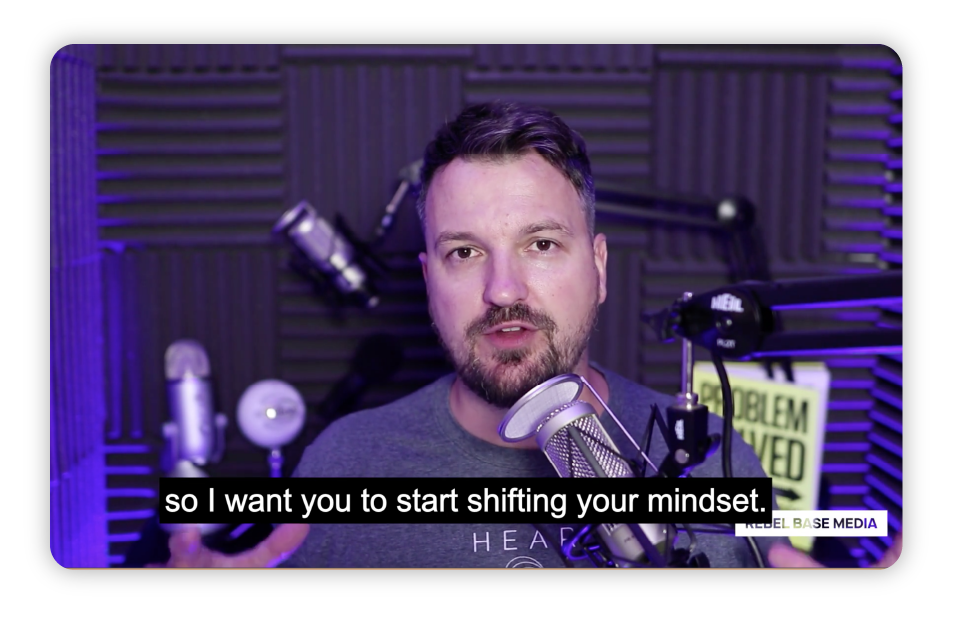
Promote your podcast content with Facebook ads
There’s so much you can do with Facebook ads when it comes to marketing your podcast, targeting new listeners and nurturing subscribers. It all depends on your overall objective for running the paid ad in the first place.
Why have you chosen to run a Facebook ad campaign for your podcast?
Here are a couple of examples:
Goal: To increase overall podcast downloads.
Action: Build a lookalike audience based on your email list and target them with a specific podcast trailer or clip.
Retarget: The listeners who clicked on your podcast trailer and/or listened to at least 50% of it.
Goal: To increase subscribers.
Action: Create a custom audience of individuals who actively engage with your Facebook posts or other content (e.g. the curious explorers/listeners: those who have visited your podcast website, watched your trailer video or liked your page) and drive them to your Captivate single-subscription link.
Retarget: Using Facebook pixel, retarget listeners who landed on your website or landing page.
The course takes you through how to navigate Facebook Ads Manager, set up your campaign and how to measure your campaign’s success. Easy peasy!
3. Using The Facebook Pixel To Grow And Nurture Your Audience
What is the Facebook Pixel and how do you use it for your podcast?
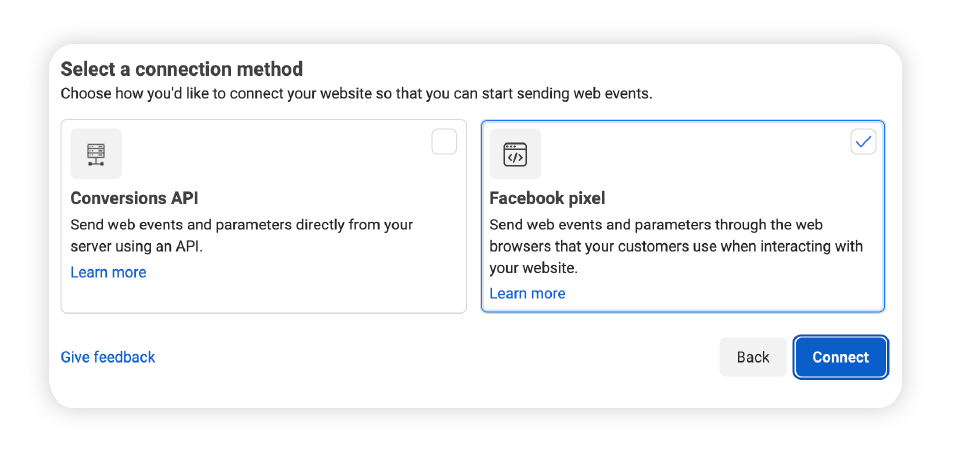
The Facebook pixel is a small snippet of code that you place on your podcast website. It allows you to track your paid Facebook ads by tracking the actions people take on your website (called events). You can add and install your own pixel now by following Facebook’s step-by-step guide.
This is helpful in two ways:
- You can measure how effective your Facebook ad has been (by seeing how many people viewed your ‘subscribe’ or ‘listen’ pages, for example)
- You can set up custom audiences to target the individuals who didn’t complete a specific action later.
Here are some events that are most useful for podcasters:
- Lead/Complete Registration – tells you someone signed up for something, like subscribed to your podcast’s mailing list.
- View Content – tells you an individual visited a specific page (e.g. ‘Subscribe’ page) but not what they did or viewed on that page.
Reminder: Captivate’s free, built-in podcast websites support your Facebook Tracking Pixel already, just follow our guide to install it in seconds!
Another article we think you’d like...
Reading Time: 6 minutes Bringing industry-first, professional grade features to the serious independent podcaster.
Build custom audiences to track the performance of your ads
Retargeting using the Facebook pixel is so useful because you can track every stage of your ad cycle and gain greater insight into how your ad is performing.
We touched on this earlier in this guide, but if you’ve installed the pixel on your podcast website or single-subscription link landing page, you can build a custom audience based on your website traffic.
So, if your goal is to encourage listeners and subscribers, you can build a custom audience based on people who have landed on your site and spent some time there. You can also set events, which means people have engaged with (but not completed) a certain action (for example navigated to your ‘subscribe’ page).
Promoting Your Podcast on Facebook – What You Can Do Now
We hope this guide has shown you just how valuable a tool Facebook can be for promoting and marketing your podcast both organically and through paid ads.
To recap, marketing your podcast with Facebook is a great way to increase brand awareness, foster listener communities, nurture and grow your audience and drive traffic to your other channels, like your podcast website or single-subscription link landing page. Here are some recommendations for some free things you can do right now to start growing your podcast with Facebook:
- Make a landing page featuring a Curated Collection of your top-performing podcast episodes that are most appealing and relevant to your target listeners
- Make a specific trailer that speaks directly to your target listeners
- Optimise your podcast website to include your Facebook Page, Group and other social links. Make sure to populate those links in the ‘Marketing’ section of your Captivate dashboard, too!
Grow and Market Your Podcast with Captivate’s Free Tutorials
Remember, Facebook is only one of the hundreds of ways you can grow and market your podcast. In fact, this tutorial is part of a wider series on how to market your podcast!
Check out our comprehensive, free tutorial including 14 actionable marketing tactics, right now.
Learn 9 More Ways to Grow Your Podcast
Download our FREE eBook for 9 unconventional ways to help you grow your podcast sustainably, including how to leverage audience engagement using social media and develop marketable segments for your show!
[optin-monster-shortcode id=”ion9f5p440bswxvyojuo”]
